
Tell your friends about this item:
The Roman Empire and the Plague
Charles River Editors
The Roman Empire and the Plague
Charles River Editors
*Includes pictures
*Includes excerpts of ancient accounts
*Includes a bibliography for further reading
The era of the Five Good Emperors was one of unparalleled success and wealth, and the reasons Rome reached its zenith at this time are worthy of scrutiny. Perhaps most noteworthy is that none of these five emperors were blood relatives - while the final two are often referred to as the Antonines, they were not, in fact, related except by adoption, a practice that may in itself provide at least part of the answer to the question as to why this particular period was so magnificent.
With all of that said, according to some academics, the success these rulers had in centralizing the empire's administration, while undoubtedly bringing huge benefits, also sowed the seeds for later problems. After all, as so many Roman emperors proved, from Caligula and Nero to Commodus, the empire's approach to governance was predicated on the ruler's ability. When incompetent or insane emperors came to power, the whole edifice came tumbling down.
Moreover, the success of the emperors ironically brought about the worst plague in Rome's epic history. Due to constant warfare on the borders and attempts to defend positions against various groups, Roman soldiers came into contact with foreign diseases, and they unwittingly brought them home when campaigns ended. This culminated around 165 CE, when an unidentified disease brought the empire to its knees and afflicted an untold number of individuals, one of whom may have been Lucius Verus, the co-emperor of Rome alongside Marcus Aurelius. In addition to the enormous number of casualties, which has been estimated at upwards of 5 million people, the pandemic disrupted Roman trade to the east, affected societies culturally across Europe, and compelled physicians like Galen to study the symptoms in an effort to figure out not only what the disease was, but any potential cures.
The Bubonic Plague was the worst affliction ever visited upon Europe and the Mediterranean world. Within a few short years, a quarter of the population was taken after a short but torturous illness. Those who escaped faced famine and economic hardship, crops were left unsown; harvests spoiled for lack of harvesters, and villages, towns, and great cities were depopulated. Markets were destroyed, and trade ground to a halt. It must have seemed like the end of the world to the terrified populace. The horror abated, only to return years later, often with less virulence but no less misery.
Many who read a description of that plague might immediately think of the Black Death, the great epidemic that ravaged Europe and the Middle East from 1347-1351, but it actually refers to the lesser-known but arguably worse Plague of Justinian that descended upon the Mediterranean world in 541 and continued to decimate it over the next 200 years. The effects of the pestilence on history was every bit as dramatic as the one in the Late Middle Ages. In fact, the case could be made that the Plague of Justinian was a major factor in the molding of Europe and, consequently, the rest of the world as it is known today, marking a monumental crossroad between the ancient and medieval worlds.
The Roman Empire and the Plague: The History of the Worst Pandemics to Strike Rome and the Byzantines in Antiquity and the Middle Ages charts the history of the diseases and how they shaped subsequent events, bringing down nations while inadvertently lifting others. It also describes the diseases' victims, and how certain segments of society may have avoided contracting it. Along with pictures depicting important people, places, and events, you will learn about the Roman Empire and the plague like never before.
| Media | Books Paperback Book (Book with soft cover and glued back) |
| Released | February 28, 2020 |
| ISBN13 | 9798619109399 |
| Publishers | Independently Published |
| Pages | 80 |
| Dimensions | 216 × 280 × 4 mm · 208 g |
| Language | English |
More by Charles River Editors
Others have also bought
See all of Charles River Editors ( e.g. Paperback Book and Book )




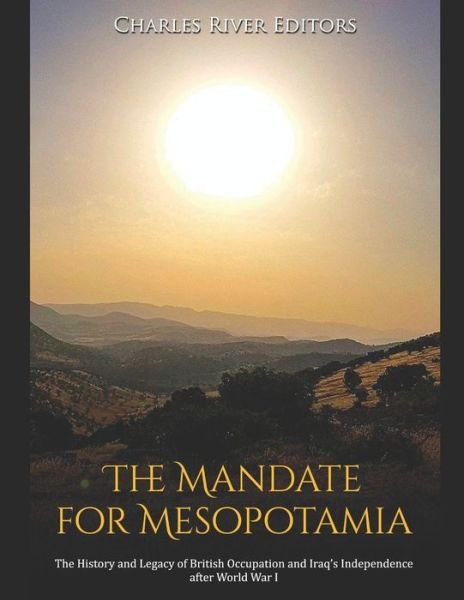
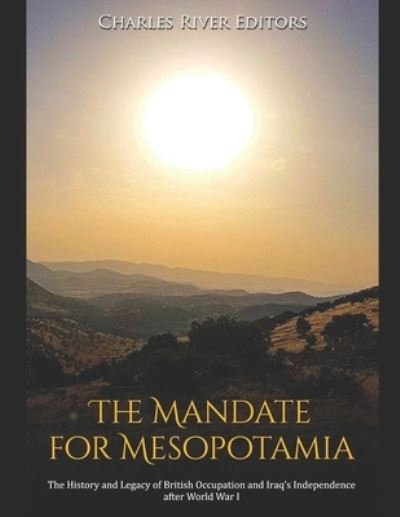




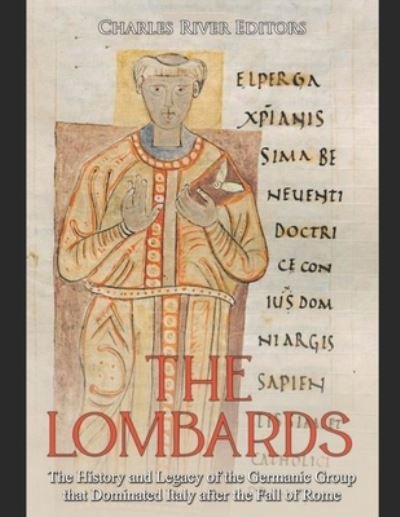







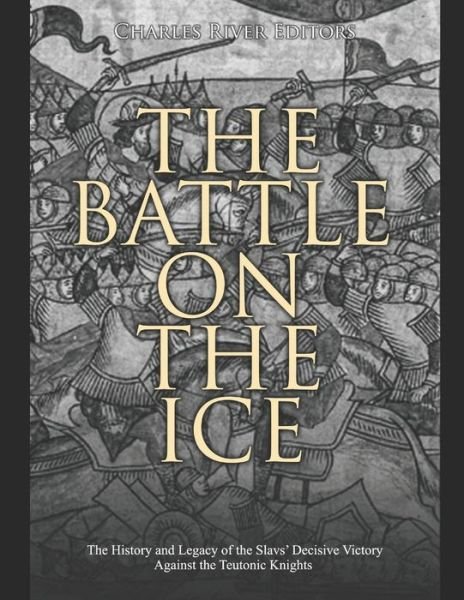
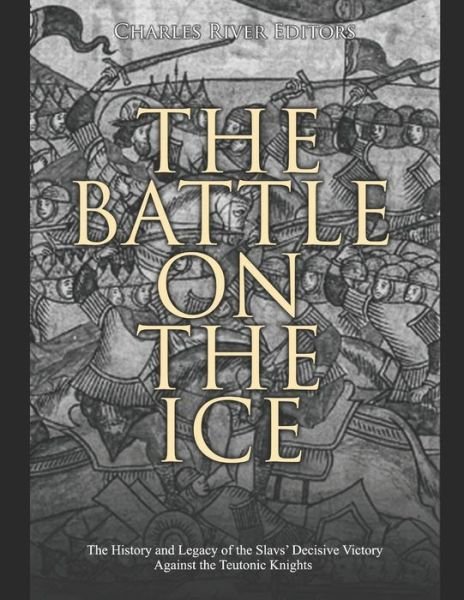


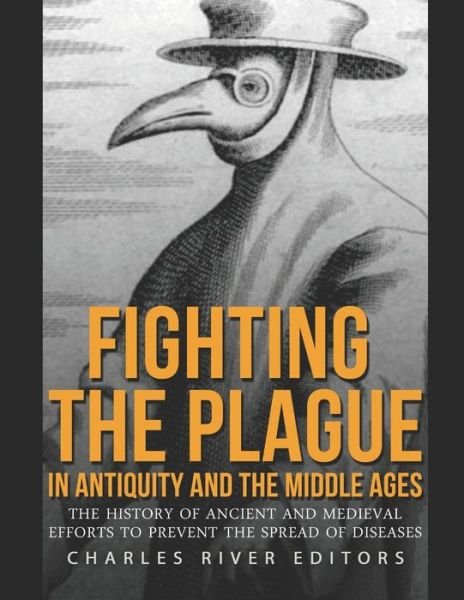
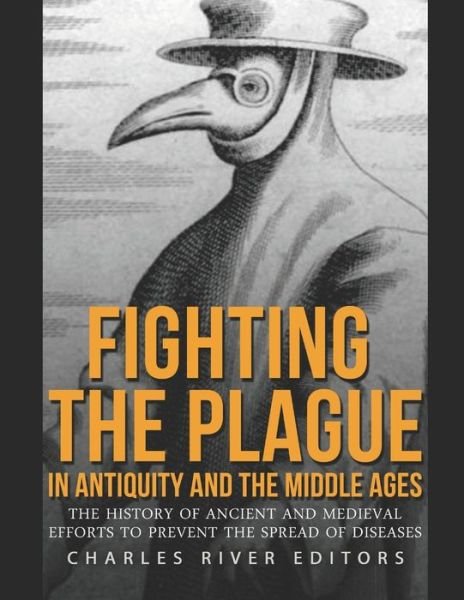

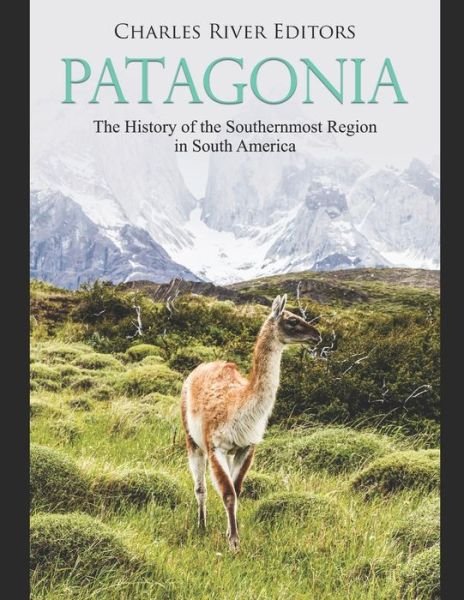
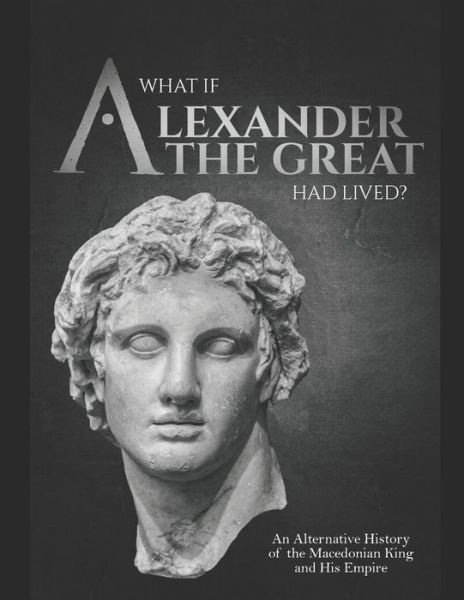

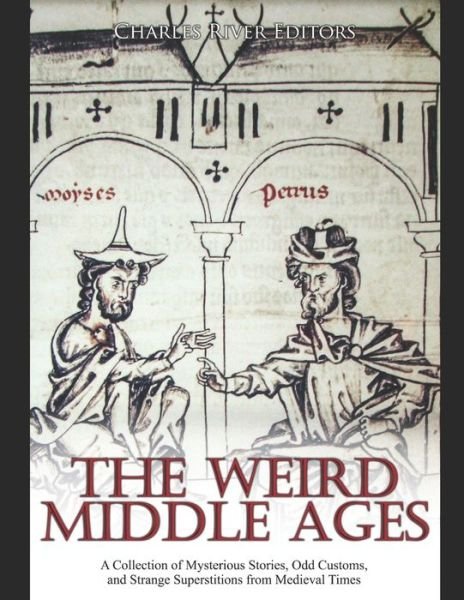
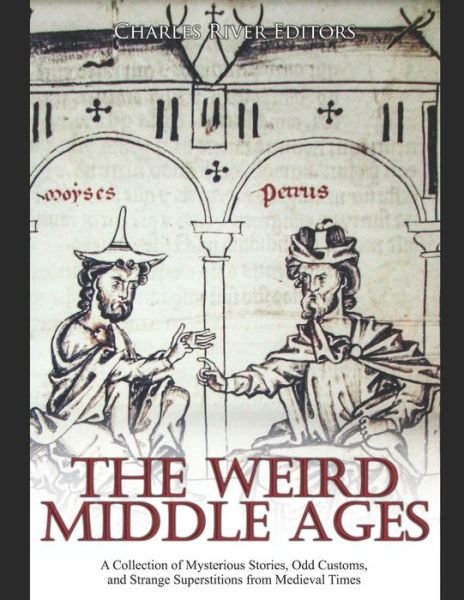
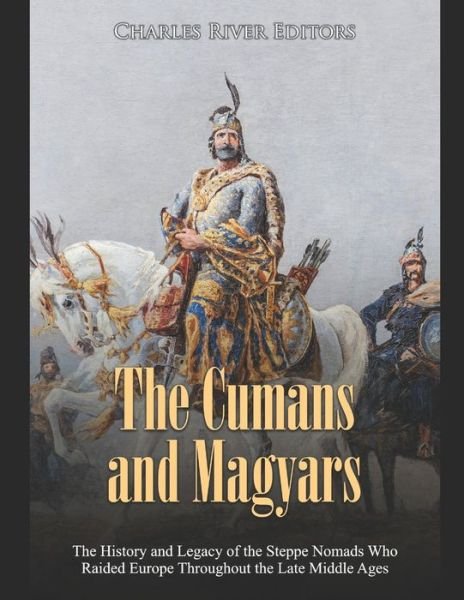
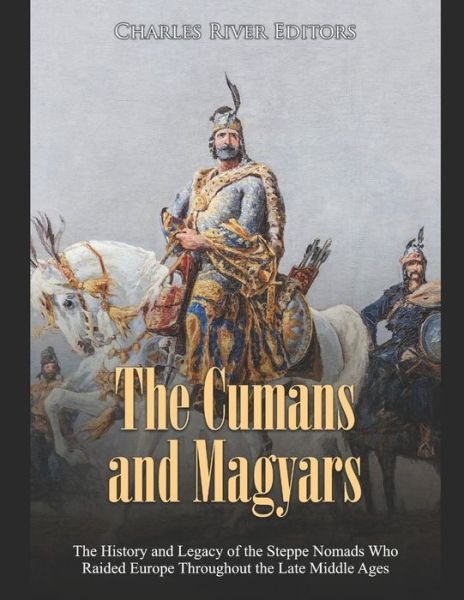
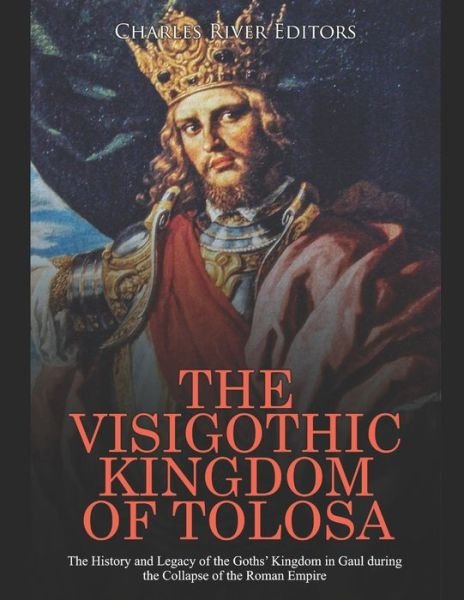
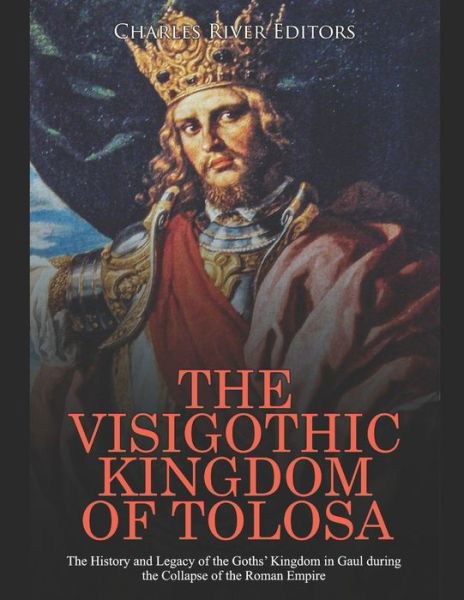

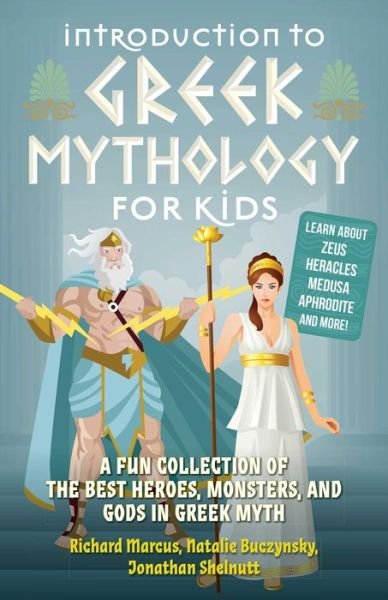
![Cover for Charles Dickens · Den hjemsøgte mand og åndens tilbud (Nyillustreret) (Bound Book) [1st edition] (2022)](https://imusic.b-cdn.net/images/item/original/123/9788772048123.jpg?charles-dickens-2022-den-hjemsoegte-mand-og-aandens-tilbud-nyillustreret-bound-book&class=scaled&v=1654049104)
![Cover for Tine Wøbbe · Kort & godt: Kort & godt om PSYKOPATI (Sewn Spine Book) [1st edition] (2024)](https://imusic.b-cdn.net/images/item/original/916/9788771586916.jpg?tine-woebbe-2024-kort-godt-kort-godt-om-psykopati-sewn-spine-book&class=scaled&v=1713200056)
![Cover for Linda Lehun · Musikbogen (Paperback Book) [1st edition] (2016)](https://imusic.b-cdn.net/images/item/original/063/9788759891063.jpg?linda-lehun-2016-musikbogen-paperback-book&class=scaled&v=1486719785)
![Cover for Dian Hanson · The New Erotic Photography - Bibliotheca Universalis (Hardcover Book) [Multilingual edition] (2017)](https://imusic.b-cdn.net/images/item/original/715/9783836526715.jpg?dian-hanson-2017-the-new-erotic-photography-bibliotheca-universalis-hardcover-book&class=scaled&v=1490369714)

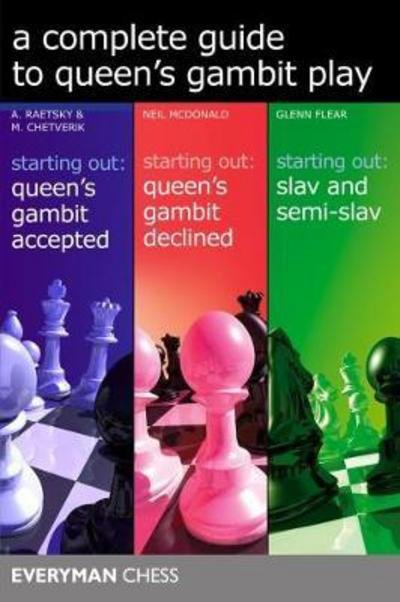

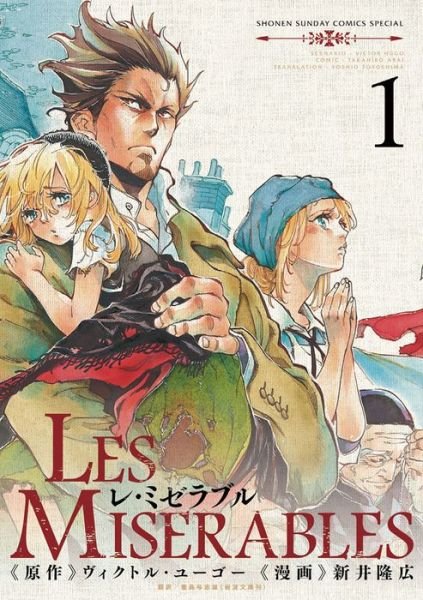

![Cover for Jesper Wung-Sung · To ryk og en aflevering (Sewn Spine Book) [3rd edition] (2009)](https://imusic.b-cdn.net/images/item/original/996/9788763811996.jpg?jesper-wung-sung-2009-to-ryk-og-en-aflevering-sewn-spine-book&class=scaled&v=1341784896)



![Cover for Jon Speelman · Modern Defence (Paperback Book) [1st edition] (2000)](https://imusic.b-cdn.net/images/item/original/816/9781857442816.jpg?jon-speelman-2000-modern-defence-paperback-book&class=scaled&v=1409611116)
